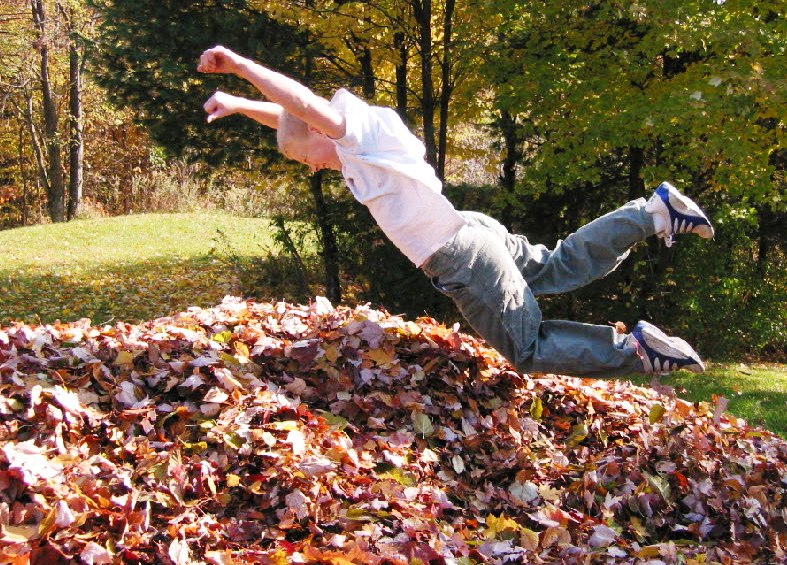
There is something very comforting, honest and straightforward about going down to the allotment after Christmas and pouring the veg waste onto the compost heap.
All those lists, names to remember and places to be in December, seem something to be done when you have lots of energy but not when you are on your knees running up to the 25th. I take my hat off to those saints doing all the hard work in kitchens across the country.
The start of longer days, the breaking through of the sunshine and the sticky, wet feel of soil bring a new sense of reality after all the festivities. Washing the soil off the leeks with ice-cold water from the water butt and watching the earthworms wriggling for cover to avoid the ever-present Robin helps take me out of my holiday fug.
Even when I get home I get a boost; the odour of freshly lifted leeks fill my kitchen. I can now just about face doing some more cooking and eating again.
Now is also the perfect time for several winter jobs:
- Prune Wisterias to create the framework that you want. Further pruning in July and August will be needed to reduce the density of the plant. Whilst the plant is dormant at this time of year you can cut back stems to the buds to take out crossed branches, branches that are going AWOL and branches that are too densely packed.
- Because trees are largely dormant too you can often do unto them what you couldn't normally do at other times; plant, move and prune. Leave the Magnolia, Cherry trees, Plums and Almonds but it is pretty much open season on everything else.
- Prune your apple trees but by no more than 20% in one winter. To quote the RHS: "The more you prune, the more foliage grows at the expense of fruit".
- Use planks to walk on when working on damp borders in order to avoid compressing the soil - literally, squeezing the life out of it.
- 'Native bare-root whips' is not an expression left over from our colonial days. It is a horticultural term used to describe small trees and shrubs sometimes just 45 cms tall with bare roots that are ready to plant out to create native hedges often seen around farm and parkland. Blackthorn, Dogwoods, Field Maple, Hazel, Willow and even Oak are often used in the mix. Being incredibly low-cost (under £1 a whip) they are very economical to plant out even with the need for plastic spirals as rabbit guards and a cane to keep them erect. There will be losses through the year but even so they will still form a robust, wildlife-friendly hedge that can be happily hacked back at virtually any time of year. (Avoid spring and summer when the birds are nesting and hatching). You could even try this in your garden. Now is the best time to buy and plant them; just make sure that the roots do not dry out by exposing them to wind and sunlight.
I won't tell you what he said about having to trail around the countryside just to keep his relatives happy and waiting for hours to find a seat at mealtimes. All I can say was that, in keeping with the allotments, it was, er, very rural, colourful vocabulary.

















